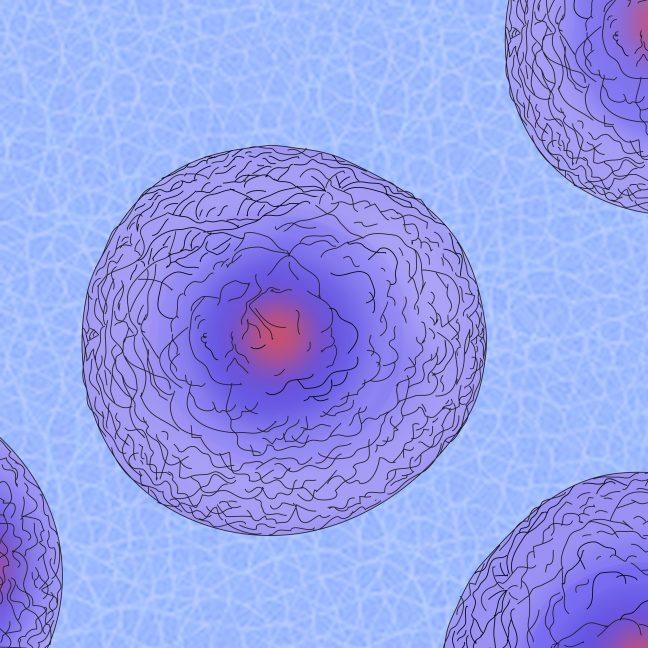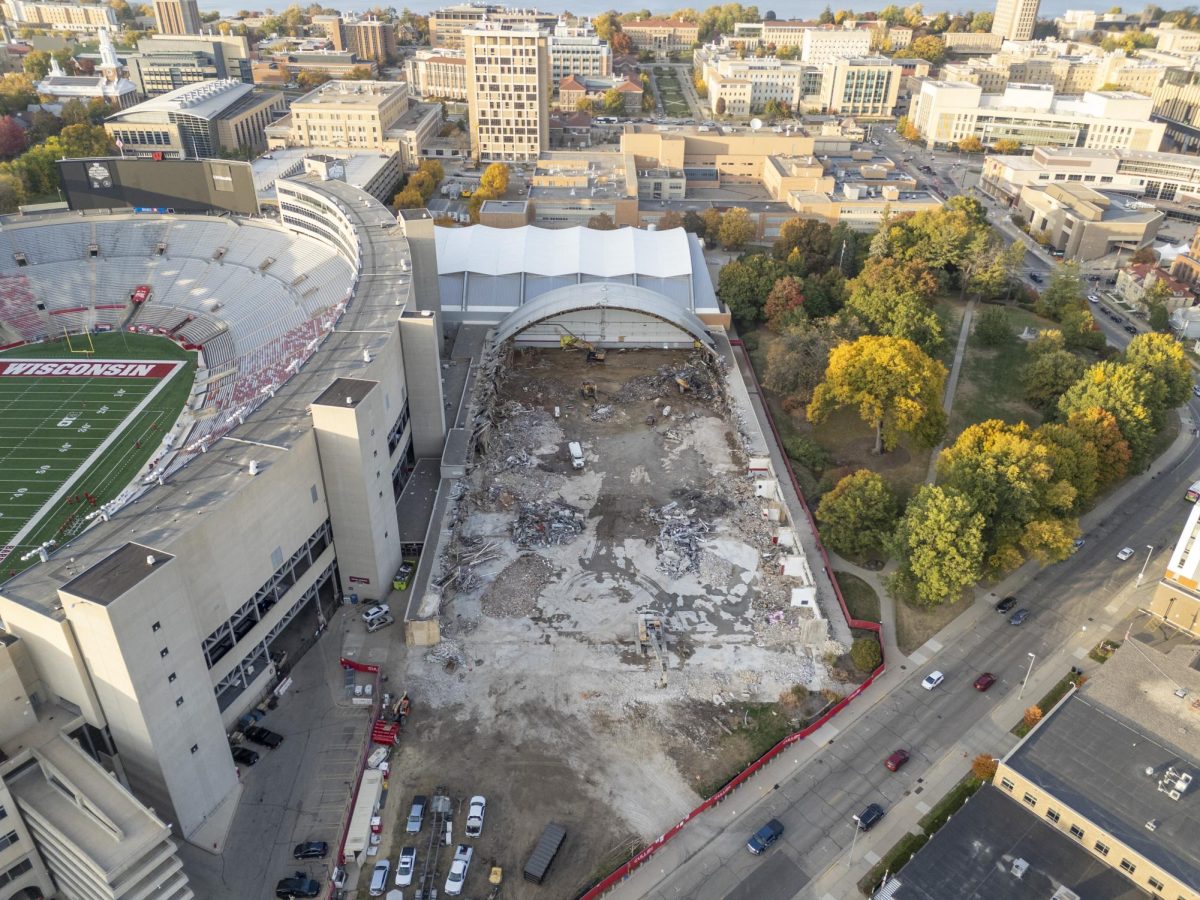A University of Wisconsin professor and doctoral student revealed new findings on cell movement — redefining the scientific community’s current notions on cell movement inside the human body.
Engineering Physics Assistant Professor Jacob Notbohm and doctoral student Aashrith Saraswathibhatla recently published their findings on how cells move.
Notbohm is working on mechanics, the physics of forces and applying those to biological materials and human health. Collective cell migration and fibrous materials that form the structure of numerous tissues in the body are two sub-projects under Notbohm’s research.
“The idea that we have, if skin, say, is scratched or cut or damaged, it is known that cells have to migrate collectively to heal the wound, so skin cells have to divide and proliferate, and they also have to migrate on top of the wound to cover it,” Notbohm said.
They are interested in the forces behind this and how those forces occur, Notbohm said.
According to Notbohm, cells produce forces themselves by contracting. The way the forces are balanced is complicated, because cells apply force both below and above them and to other cells.
The research group studied cell-cell and cell-environment interactions and applied mechanics to cell biology which, according to Saraswathibhatla, is relatively novel in the scientific community.
“We were inspired by some theoretical models that were predicting very strong relationships between the shape of the cell … and the prediction was that a more elongated cell can move around more freely in a collective group,” Notbohm said.
Notbohm added, in previous experiments, the movements were observed but no one identified which forces were responsible for it. They started with the current understanding in the scientific community, according to which cells proliferate perimeters.
UW Human Stem Cell Gene Editing Service considers expanding as service demand increases
Though, Notbohm said, it was ruled out because the experiments did not show observations that coincided with the current understandings, and they instead looked at other force types, such as cell-substrate traction which turned out to be an important factor.
The current understanding of the cell shape, and how elongated it was, was the biggest technical challenge, Notbohm said. They started with this assumption because of what was understood at the time, but they couldn’t demonstrate it to be true.
“The biggest challenge for us was that the field had it wrong,” Notbohm said. “We had to redirect our understanding,”
Because the experiments were carried out in a dish and not the human body, the environment was simplified. Experiments using dishes allowed Notbohm’s group to greater control factors that would be hard to control in human bodies. Without this, according to Notbohm, they would not observe the forces that resulted in cell motion and would not have been able to make their conclusions.
In addition, researchers used stable and immortalized cells, which are not the best representation of the real cells found in the human body. Their findings are also limited to sheets of cells and focus on the cells’ ability to rearrange within the sheet, which does not necessarily relate to how fast the cells move.
Saraswathibhatla, who performed most of the experiments mentioned in the published paper, said though density involving these interactions was extensively studied in the past, no one really understood how cell density affects cell migration.
“We figured out that density is not the biggest parameter,” Saraswathibhatla said. “The first two years were mainly about performing the experiments and going forward with the wrong hypothesis and eventually failing it.”
According to Saraswathibhatla, mechanics was introduced to biology within the past two decades, and their research emphasizes the importance of mechanisms in collective cell migration.
Certain potential applications Notbohm’s lab is looking at are related to physical dressings of wounds that can align tractions in a way to speed up healing.
“Right now, we are focusing mostly on pretty fundamental scientific types of questions,” Notbohm said. “Applications in terms of industry are a little further way off. For example, we had to identify that traction is more important than proliferation.”
Notbohm talked to people in the industry, but they tend to be more interested in the methods rather than the findings, Notbohm said.
A way of quantifying cell motion and forces exist in the scientific community, but they aren’t used often, Notbohm said.
“The soonest most apt application to the industry would be in applying some of our methods, and transferring our methods to the industry,” Notbohm said.
Notbohm added they are working on a lot of ideas, some of which are related to testing their findings in different cell types to verify what they have seen. Other ideas are related to having new parameters, such as the effects of long-term traction on changing cell direction.
UW professor says teaching is most important part of professor’s job
Moreover, Notbohm is looking at applying their methods in systems more closely related to human health.
“You could argue that this study was a breakthrough in that it changed our understanding of this one set of theoretical models. But that said, it’s also relatively limited,” Notbohm said.
This study applies to certain cell types in collective sheets, so it is a field-specific breakthrough, Notbohm said.














